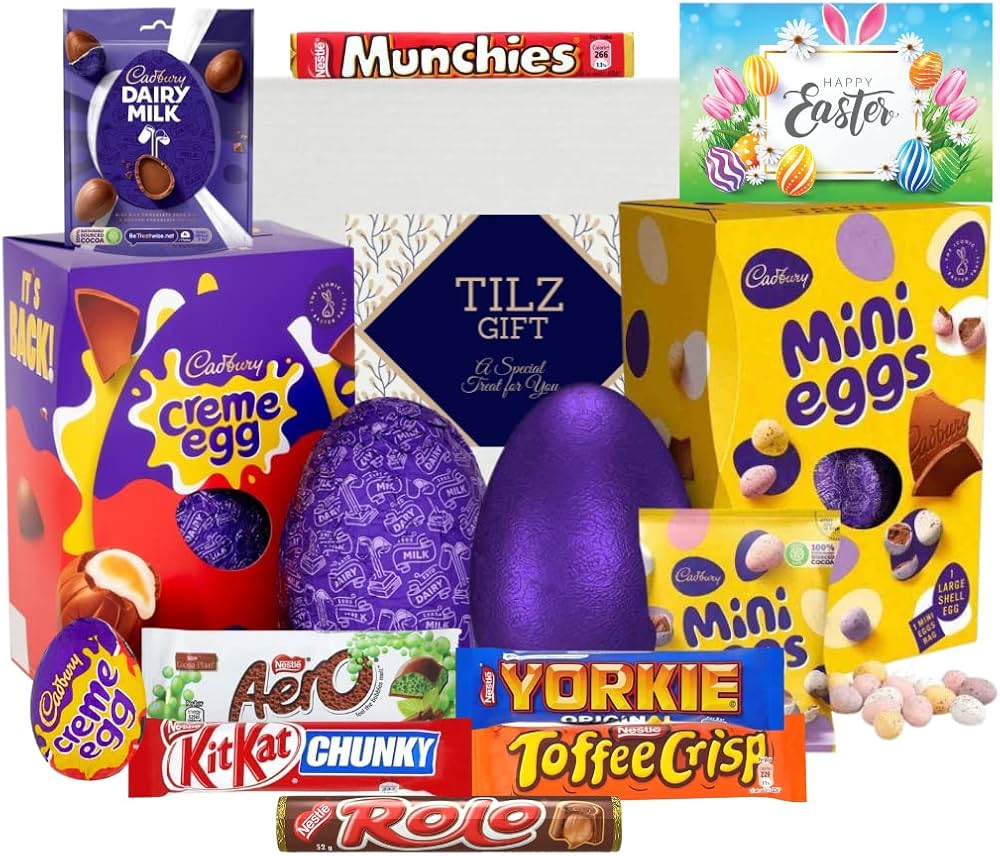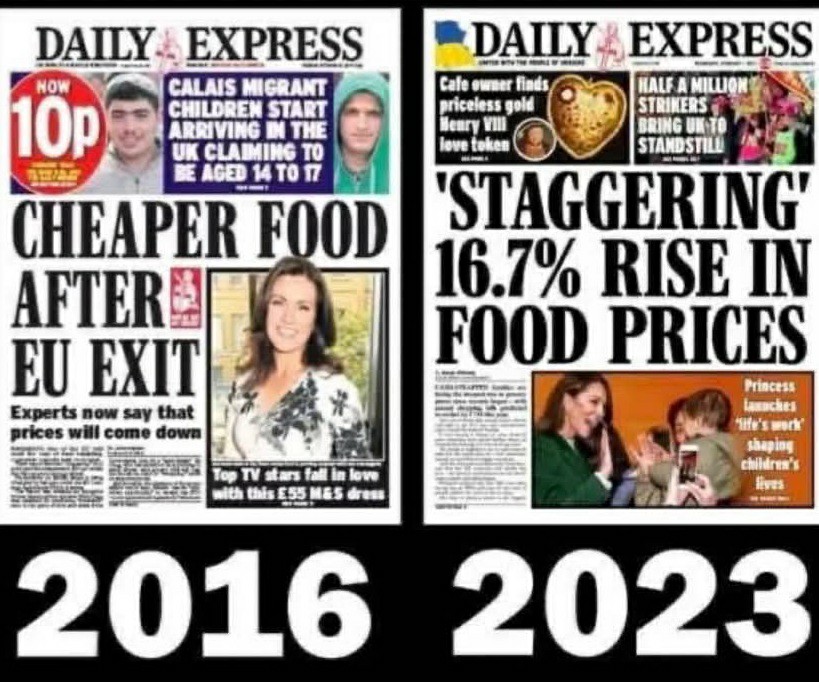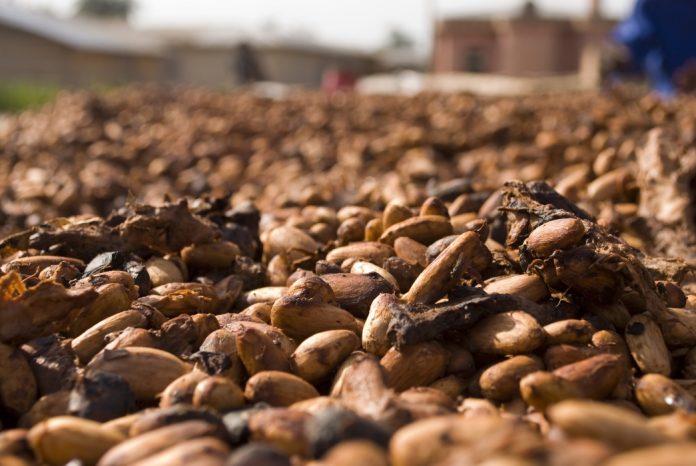Easter egg hunts may become a more expensive tradition this year, as the cost of chocolate has soared due to climate change-driven disruptions in cocoa production. A recent study by consumer group Which? has revealed that some Easter chocolates have increased in price by as much as 56% while also shrinking in size.
The Rising Cost of Chocolate
Over the past year, chocolate prices in the UK have surged by 16.5%, significantly outpacing the 4.4% increase seen across supermarket food and drink overall. This inflation is largely attributed to the plummeting global cocoa supply, as extreme weather conditions, intensified by climate change, have negatively impacted cocoa harvests.
Higher temperatures and unpredictable rainfall patterns have reduced the yield and quality of cocoa beans, particularly in key growing regions in West Africa. This has led to record-high wholesale cocoa prices, forcing chocolate manufacturers to pass the costs onto consumers.
Shrinkflation and Soaring Prices

Research from Which? highlights how some of the most popular Easter treats have both increased in price and reduced in size. For example:
- Terry’s Chocolate Orange Mini Eggs at Lidl have risen from 99p to £1.35, while the pack size has shrunk from 80g to 70g, making them 56% more expensive per 100g.
- At Morrisons, a Cadbury Creme Egg 5 Pack Mixed Chocolate Box has jumped from £2.62 to £4.
- A Nestlé Kit Kat Chunky Easter egg remains at the same price but has reduced in weight from 129g to 110g, increasing its price per 100g by 17%.
- At Tesco, a Twix White Chocolate Easter Egg has risen from £5 to £6 while shrinking from 316g to 258g, pushing up its cost per 100g by 47%.
- Asda’s Fruit & Nut Milk Chocolate (200g) has seen a staggering 73% price increase, from £1.33 to £2.30.
Industry Response to Cocoa Inflation
Retailers and manufacturers have attributed these price hikes to the soaring cost of cocoa. The British Retail Consortium’s economist, Harvir Dhillon, explained that cocoa prices have quadrupled since 2023 due to poor harvests in West Africa, a region that supplies a significant portion of the world’s cocoa.
A spokesperson for Mars Wrigley, which produces Twix, stated, “We will always absorb pricing pressures where we can, but rising manufacturing costs—driven in part by well-documented increases in the cost of cocoa—have meant that we’ve had to adjust some of our product sizes to minimise changes to list price.”
Similarly, a Nestlé representative commented, “Like every manufacturer, we have seen significant increases in the cost of cocoa, making it much more expensive to manufacture our products.”
What Can Consumers Do?
Despite the steep increase in chocolate prices, there are still ways for shoppers to save money on their Easter treats. Which? recommends looking for special offers, comparing prices per gram, and waiting until Easter Sunday, when many eggs are likely to be reduced.
As climate change continues to impact global agriculture, the rising cost of chocolate may become a long-term challenge. With cocoa production suffering from extreme weather, Easter eggs are just one of many products affected by climate-driven price inflation. For now, consumers may need to adjust their expectations and budgets as the Easter tradition faces an increasingly expensive future.
And remember what the corporate media were telling us in 2016:








